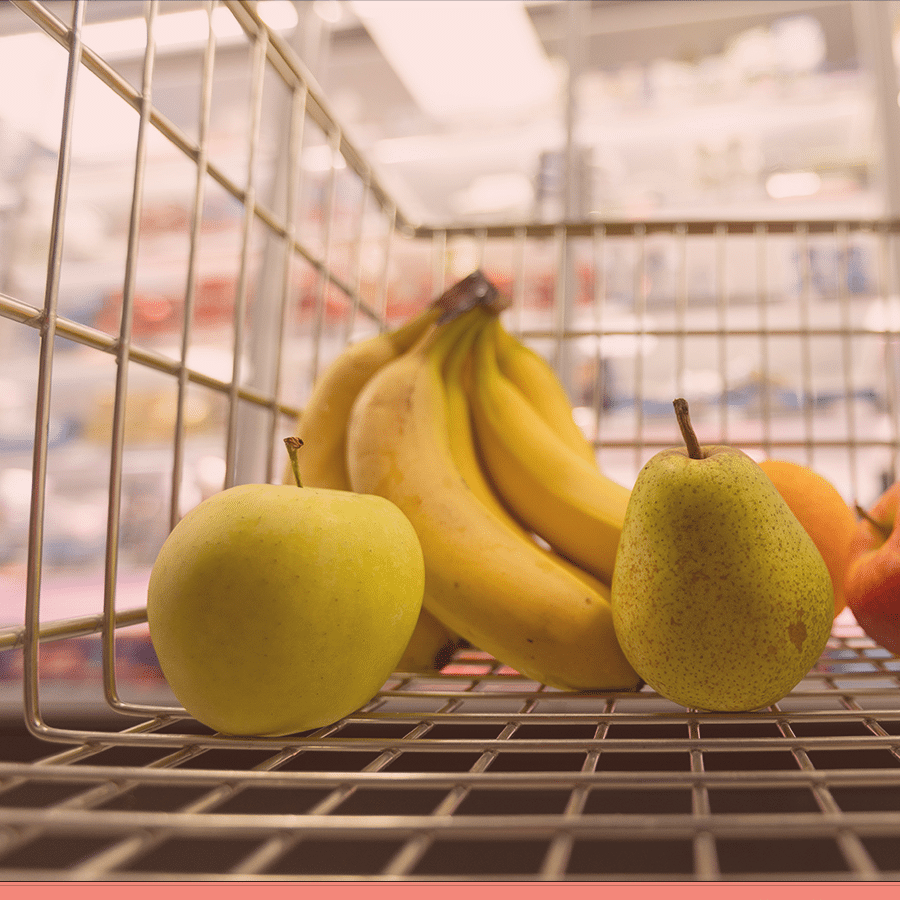Basket analysis examines historical transaction-level data to identify which items are commonly bought together by customers. By providing insights into customer purchasing behavior, these analyses play a crucial role in supporting product assortment planning.

Here are some specific ways basket analysis enhances product assortment:
- Identify complementary products: Basket analysis helps identify products that are frequently purchased together. By analyzing customer transactions, retailers can determine which items are complementary and tend to be bought as a set or in conjunction with each other. This information helps retailers understand the relationships between products and ensures that complementary items are stocked together or placed strategically for cross-selling opportunities.
- Optimize product placement: By understanding the relationships between products through basket analysis, retailers can optimize product placement within their physical stores or online platforms. For example, if customers frequently purchase pasta and pasta sauce together, these items can be placed next to each other on store shelves or recommended as a bundle on an e-commerce website. This improves convenience for customers and increases the likelihood of cross-selling or upselling.
- Determine product bundling opportunities: Basket analysis helps retailers identify opportunities for product bundling. Bundling refers to offering multiple products together as a package at a discounted price. By analyzing transactional data, retailers can identify which items are frequently bought together and create bundled offers to increase sales and customer satisfaction. This strategy not only encourages customers to buy more but also simplifies their decision-making process.
- Improve inventory management: Basket analysis assists in optimizing inventory management by understanding which products are commonly purchased together. It helps retailers predict demand patterns and adjust inventory levels accordingly. By stocking the right mix of complementary products, retailers can reduce stockouts, minimize excess inventory, and improve overall supply chain efficiency.
- Personalize product recommendations: Basket analysis enables retailers to personalize product recommendations based on customer purchase patterns. By analyzing a customer’s historical transactions and identifying the items frequently bought together, retailers can suggest related or complementary products that the customer might be interested in. This enhances the customer shopping experience and increases the likelihood of cross-selling and upselling.
Basket analysis provides valuable insights into customer purchasing behavior, enabling retailers to optimize product assortment planning, improve product placement, identify bundling opportunities, manage inventory effectively, and deliver personalized recommendations. These benefits contribute to enhancing customer satisfaction, increasing sales, and maximizing profitability for retailers.
To learn more about how BasketAnalyzer can enhance your retail data analytics, check out these resources:
Enhance pricing and revenue management
Optimize store layouts
Create cross-selling and upselling opportunities
Identify shopping behaviors and patterns




